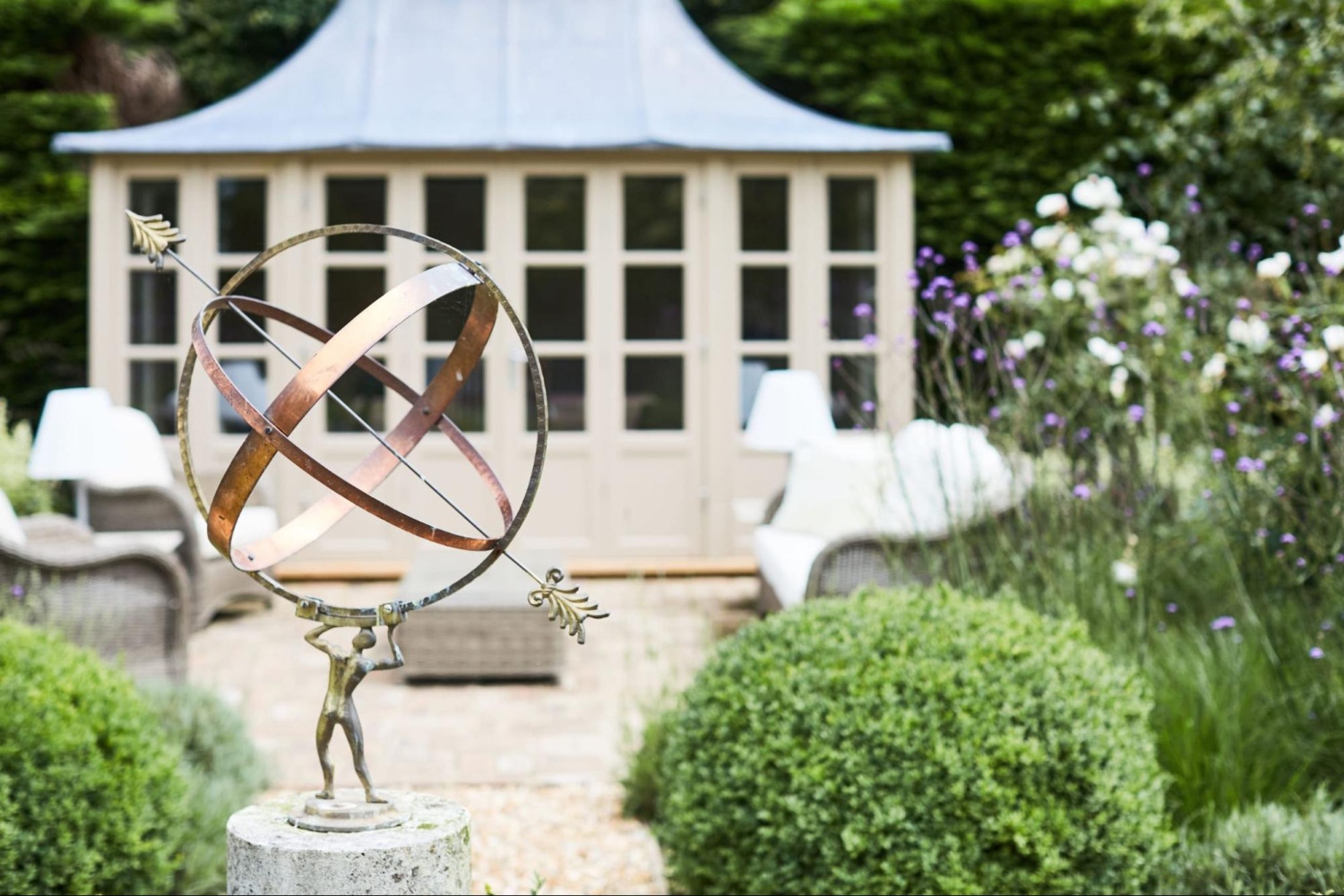
Designing a garden is an art form that requires careful planning and consideration. Whether you’re a seasoned gardener or a novice, it’s easy to make mistakes that can impact the overall look and feel of your outdoor space.
In this blog post, we’ll explore ten common mistakes to avoid when designing your garden, along with expert tips to help you create a beautiful and functional outdoor oasis.
A well-thought-out plan is essential for any successful garden design. Without a plan, you may end up with a haphazard collection of plants and features that lack cohesion.
Take the time planning your garden layout, considering factors such as sun exposure, soil type, and drainage, more information on which can be found in this great article HERE!. This will help you create a garden that not only looks great but also thrives.
The direction your garden faces can have a significant impact on its overall design. Maximising sunlight exposure is crucial for plants that require full sun, and also for you to enjoy. For example – if you like cooking, dining and sitting in the sun, there’s no point setting your furniture in an area that won’t catch enough sun in the hours of the day you want to enjoy it.
Alternatively, if you like cooking and eating in the shade, use an overhead cover such as a pergola to achieve this. Shaded areas can be utilised for features like fire pits or extra seating areas for evening use. Use the orientation of your garden to your advantage and don’t force something that’s never going to happen.

When it comes to garden design, simplicity is key. There’s a popular saying – K.I.S.S. (keep it simple stupid!). It’s popular for a reason and works! Avoid the temptation to overcrowd and over complicate your garden with too many plants or features. Instead, focus on creating a cohesive design with a few well-chosen elements.
Always start with the basics and layer detail on from there. I know it’s tempting, but don’t buy one of every plant from the garden centre! Group plants in threes or fives and plant in drifts that will create more impact and flow. Use a maximum of five landscaping materials also, to help create a harmonious look.
Your garden should be an extension of your home, seamlessly blending indoor and outdoor spaces, don’t forget to link the inside with the outside.
Give the garden as much thought and planning as your house and interior, consider the style and decor of your home when planning your garden design to create two harmonious spaces. Always aim for a cohesive look that complements your interior.
A well-designed garden should have a sense of flow and purpose, guiding visitors through different areas and creating visual interest. Use pathways to guide you through the garden, creating a sense of exploration and discovery.
Create destinations at the furthest point of your garden for example, to encourage you to use the whole space. Add focal points, which draw the eye and create focal interest, serving as visual anchors where the eye can settle. A garden with too many repetitive elements can lack excitement but strategic placement of elements to frame views and to create visual interest is essential.

It’s tempting but don’t do it! There’s so much more to do before planting such as, create the layout and structure first, then infill with planting in the right places. While plants are an essential part of any garden, they should be the final consideration in your design process.
Think of planting as architectural forms, rather than horticultural, delicate gems. Remember, planting design is just one small aspect of garden design, and should be treated as such.
When it comes to garden features, bigger is often better. Avoid cluttering your garden with too many small elements, and instead opt for larger, impactful features that will make a statement. There’s another saying “Go Big or Go Home!” that very much applies in garden design.
Gardens are living, evolving spaces that will change over time. Don’t expect your garden to stay 100% the way you originally designed it. Embrace and accept imperfection and choose timeless materials that will age gracefully or, if desired, opt for lower maintenance gardening options.
Perfect planting and pristine surfaces will start to demand maintenance – remember, there’s no such thing as “no maintenance” outside, so be prepared to adapt and change your garden as needed.
Always check the expected lifespan of a material and how it needs to be maintained before deciding. You’ll never win against mother nature, go with the flow!

Rushing the design and landscaping process can lead to costly mistakes down the line. Don’t cram in too many plants for “instant impact”- you’ll end up ripping half out in 2 years time, read the plant label for the eventual size – plants will grow!
Take the time to research and plan your garden carefully, and don’t be afraid to seek professional advice if needed. Don’t rush to book the next available designer or landscaping contractor – ask yourself why are they available so soon? Anyone good will be busy and worth waiting for.
Remember, good things take time, and a well-designed garden is worth the wait!
Finally, number ten – Not using a garden designer! Consider hiring a professional garden designer to help bring your vision to life. Just as you wouldn’t fit a bathroom without a plumber or build a house without an architect, a garden designer can provide valuable expertise and guidance to ensure your garden is a great success.
Conclusion:
Designing a garden is a rewarding and enjoyable process, but it’s important to avoid common mistakes that can detract from the overall look, feel and practicality of your outdoor space.
By following these expert tips and taking the time to plan and research your garden design, you can create your ideal beautiful and functional outdoor space that you’ll enjoy for many years to come.



